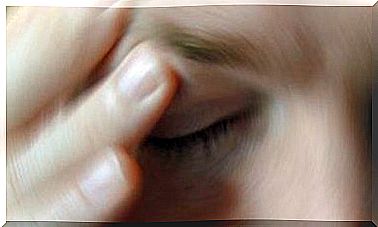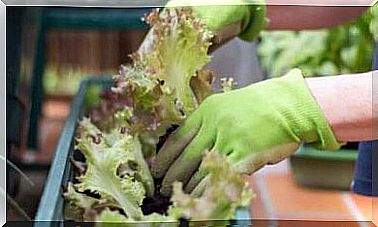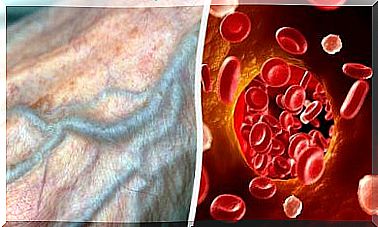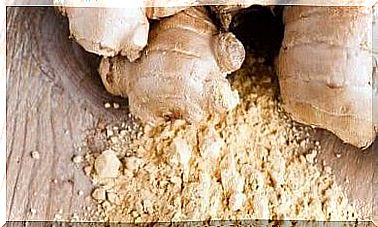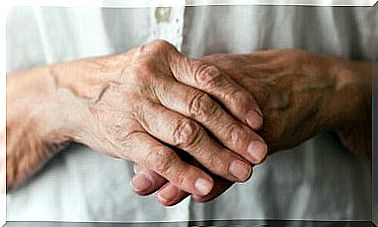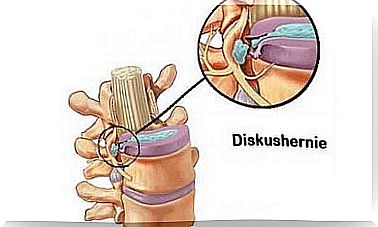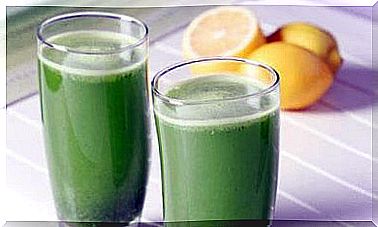Interesting Facts About Typical Types Of Grain
We take in various types of grain with our diet every day, but without really knowing much about it.
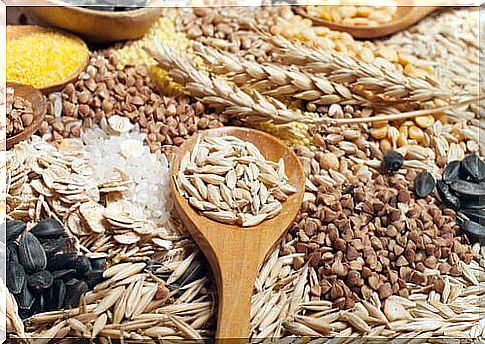
What types of grain have you eaten so far? Oats in muesli, rice for lunch, wheat in pasta or rolls, rye in bread or corn in pudding? Was it just five types of grain today, or even more? And what do you know about it?
Types of grain in the diet
We are certainly not really aware of how many types of grain we consume every day. The small introductory text alone shows that we rarely consume just one type of grain.
Often the types of grain are also hidden behind terms such as:
- Strength
- Glucose syrup
- Thickener
- Maltodextrin, dextrose, maltitol
- Modified starch
- Vegetable protein
- Caramel color
- alcohol
You see, grains are more often on your plate in everyday life than you think.
Basically, grain is not bad or unhealthy, but a completely healthy source of energy for our muscles. But only if it is whole grain cereals.
We introduce you to common types of grain:
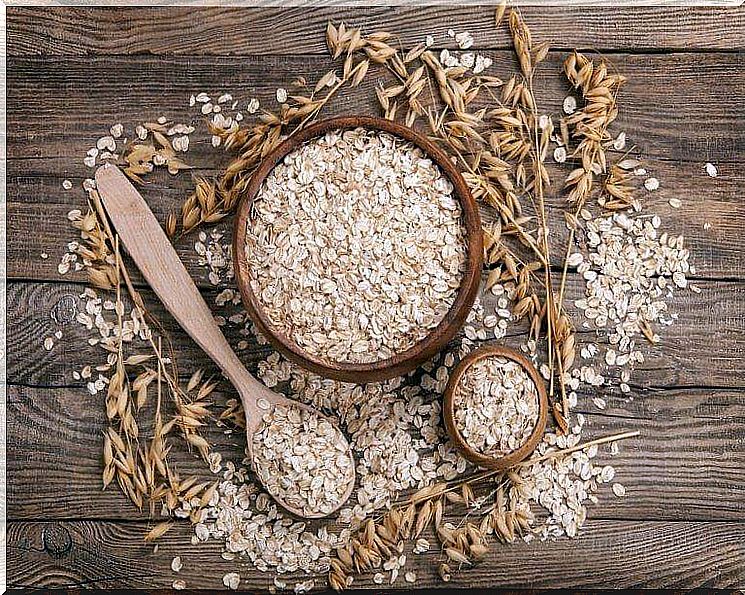
oats
Oatmeal is high in fiber and it is very effective for high cholesterol. Studies have shown that when a high-cholesterol meal is followed by a high-fiber meal, the increase in blood cholesterol was significantly lower.
This does not only apply to oats, of course, but also to other whole grain cereals.
About 15% protein is in oats, which is not that little! Protein is one of the three “macronutrients” (carbohydrates, protein, fat) that must be included in our daily food so that the body is optimally supplied.
Protein is important for maintaining muscle mass – and after all, it should burn all the energy from the food (and love handles)!
Vegetable protein is of higher quality for your body than animal protein. With oats you have a high-quality vegetable protein source in your cereal bowl!
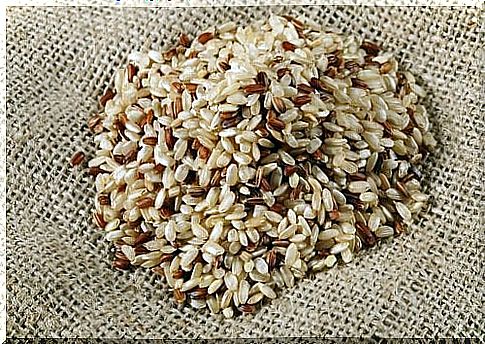
rice
Rice is the staple food in Asia, but it is also grown in Europe, for example in the Po Valley in Italy. There are basically two different types of rice:
- Long grain rice and
- Short grain rice
Short grain rice is used, for example, in rice pudding or risotto. Strictly speaking, the dark rice we sell as “wild rice” is not wild rice at all, just a variety with a brown outer skin and a particularly nutty taste.
Whole grain rice is independent of the type of rice to which the silver membrane surrounding the grains still adheres. As a result, whole grain rice contains a lot of fiber, vitamins and minerals and is the healthiest way to eat rice.
White rice contains hardly any fiber and has also lost most of the healthy ingredients through peeling and polishing.
Before it is sold, parboiled rice is treated with steam in such a way that some of its valuable ingredients are pushed into the interior of the grain by the steam and thus up to 80% of the vitamins and minerals are still contained.
However, if it is peeled (i.e. white) rice, the fiber content is almost zero.
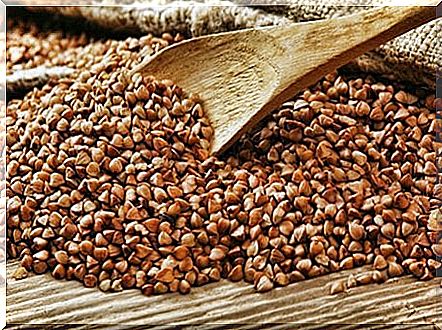
Buckwheat
Buckwheat probably originally came from China, but has also been growing here for centuries.
Today it is mainly grown (and eaten) in Russia, but there are also many cultivated areas in Germany, for example in the Lüneburg Heath. Buckwheat was a staple food in the Middle Ages that was supplanted by the potato.
This grain is easy to recognize by the shape of the grains: they are triangular like tiny pyramids.
Buckwheat is rich in nutrients, 100 grams contains 71mg of carbohydrates, 9.8mg of protein and 1.8g of fat. The small grains provide 8 essential amino acids that the body cannot manufacture itself.
Buckwheat does not contain any gluten, which is why you cannot bake with it. It is therefore an ideal source of complex carbohydrates for people with celiac disease.
Buckwheat also contains a lot of healthy fiber!
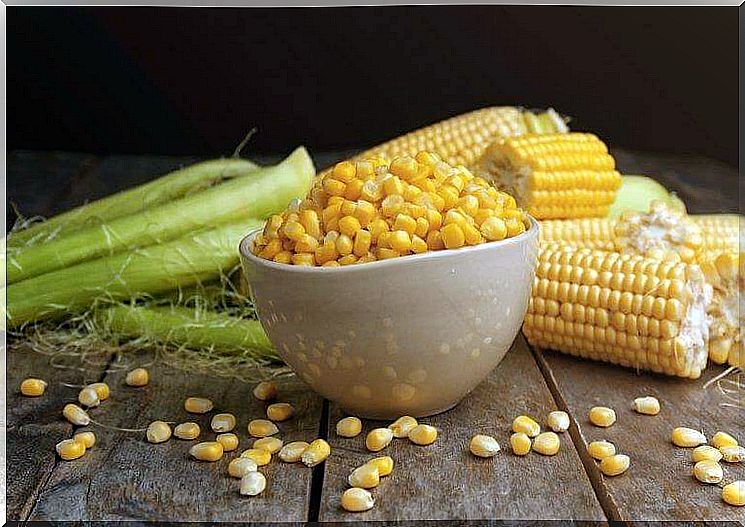
Corn
Corn kernels are naturally low in fat, high in complex carbohydrates and fiber. 100 grams of dried corn (and that’s a huge amount that you can hardly manage on your own!) Contains only 4g of fat, but 74g of carbohydrates, 13g of fiber and 11g of protein.
Your body can use complex carbohydrates to produce serotonin, a hormone that is responsible for a good mood and is therefore also known as the “happiness hormone”.
Fiber is very important in preventing colon cancer, it will fill you up and keep your digestion going. Therefore, popcorn is a healthy snack that only becomes unhealthy if it’s processed with sugar or too much salt.
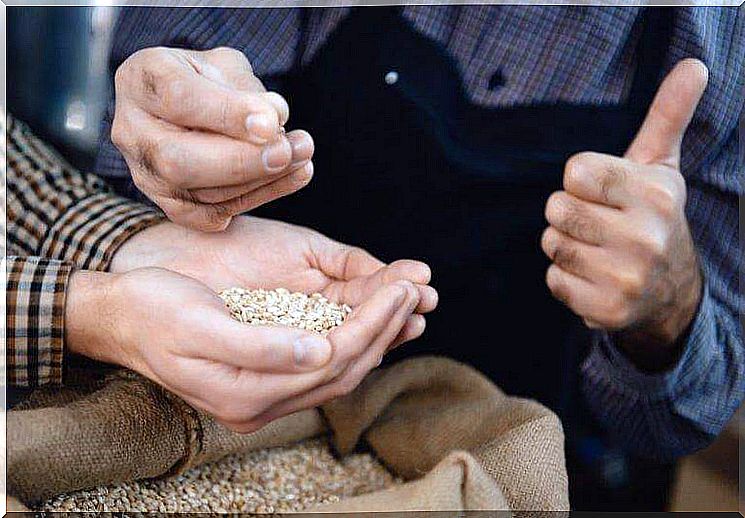
barley
Barley is not really known to us as flour, but as barley malt and is therefore associated with beer instead of health drinks.
Malt coffee is also made from barley and the Tibetan staple food “tsampa” is nothing more than roasted barley semolina. Our pearl barley for the soup is also made from barley.
Barley is very important in naturopathy and has traditionally been used for strengthening for generations. Medically speaking, the beta-glucans contained in barley are beneficial that can be used by the body to make
- to promote the intestinal flora,
- regulate cholesterol levels and
- to moderate the rise in blood sugar levels.
Beta glucans are of course not only contained in barley, but barley contains a particularly large amount of this soluble fiber.
The proportion of beta glucan contained in barley fluctuates greatly and depends on the type of barley, the soil, the cultivation region and the climate, so that there is no generalized information about it.
